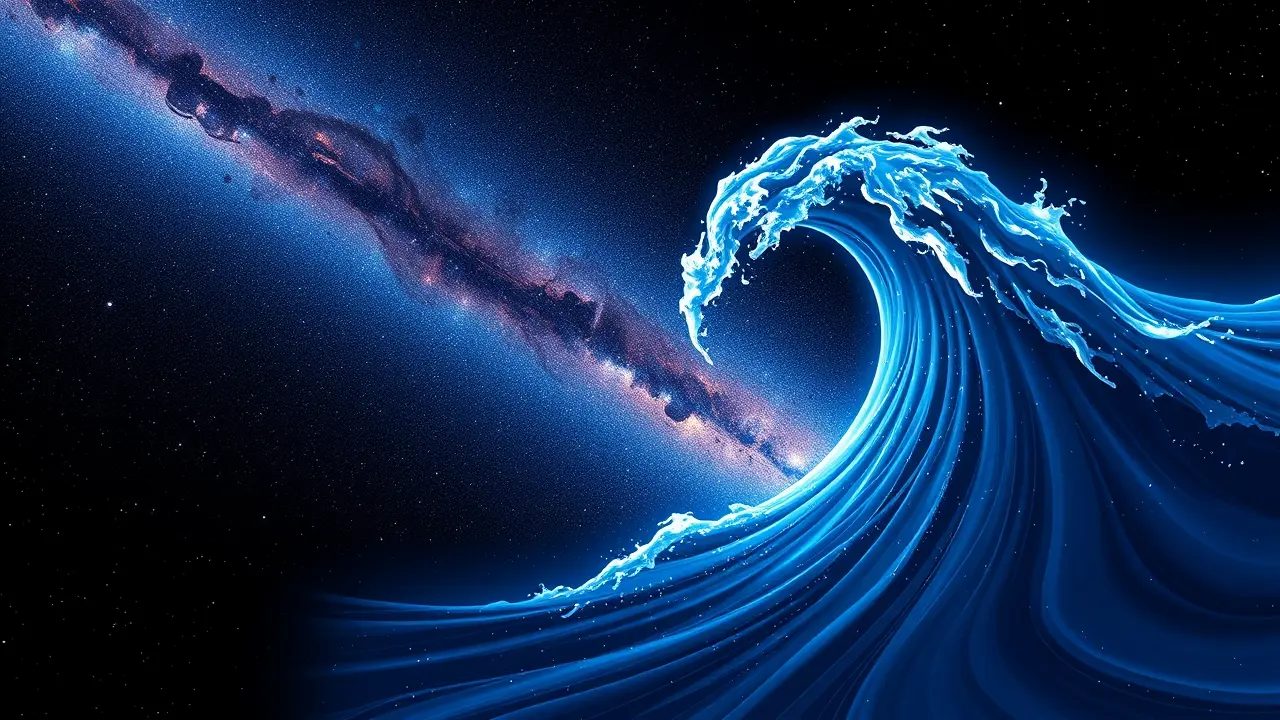Massive Wave in Milky Way Pushes Stars According to Gaia Data
The European Space Agency's Gaia telescope, a mission that has fundamentally reshaped our understanding of the cosmos before its recent shuttering, has bequeathed to us one of its most staggering discoveries: a colossal wave, a veritable tsunami of motion, is coursing through the very fabric of our Milky Way galaxy, physically displacing stars from their anticipated paths. This isn't a gentle ripple but a gigantic pattern of motion surging through nearly half of our galactic disk, a dynamic structure that forces us to re-evaluate the galaxy not as a static, serene island of stars but as a living, breathing, and tumultuous entity.Imagine our galaxy as a vast, cosmic ocean; this 'great wave' is a titanic swell, a propagating density wave on a scale so immense it defies easy comprehension, pushing stellar nurseries and ancient suns alike in a choreography dictated by the hidden gravitational machinery of the galaxy. The data, a testament to Gaia's unparalleled precision in mapping the three-dimensional positions and velocities of over a billion stars, reveals this phenomenon as a coherent, wave-like oscillation in the spatial distribution and motion of stars, suggesting its origins lie in a past gravitational disturbance, perhaps a close encounter with a dwarf galaxy or the lingering wake from an ancient merger, an event that sent a shiver through the galactic disk that is still propagating today, much like a stone dropped in a pond.This discovery echoes the seminal work on density waves that explained the majestic spiral arms of galaxies, but this particular wave is a distinct, more localized, and powerfully kinematic feature, a ripple in both space and motion. The implications are profound, challenging existing models of galactic dynamics and the distribution of dark matter, the invisible scaffold that constitutes most of the galaxy's mass and whose gravitational influence is the primary sculptor of such large-scale structures.Astronomers are now racing to run sophisticated N-body simulations to trace this wave back to its source, to understand its full impact on star formation cycles and the long-term evolution of the Milky Way, pondering whether our own Solar System, riding its own orbit around the galactic center, has felt the subtle push or pull of this great wave over its multi-billion-year history. It’s a humbling reminder that we are not merely observers of the cosmos but participants in its grand, dynamic ballet, a dance now revealed to be more complex and stirring than we ever imagined, a final, spectacular gift from a telescope that has truly brought our galaxy to life.
It’s quiet here...Start the conversation by leaving the first comment.
© 2025 Outpoll Service LTD. All rights reserved.
